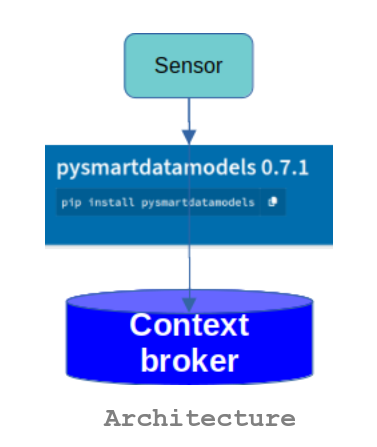There is a new version of the python package pysmartdatamodels
to use it you have just to type
pip install pysmartdatamodels
in your system
Besides the update in the list of data models it includes two new functions
– look_for_data_model that allows approximate searches for a data model based on their name
– list_datamodel_metadata that returns the metadata of a data model including context link, data model version, model tags, link to the schema and to the yaml version of the schema, title, description, $id, required, links to the examples, link to the adopters, link to the contributors of the subject and a link to the sql export of a data model

These new functions are the result of some requests of data spaces managers and several others will be included soon to help you out in the management of the semantic contents of a data space.
A code example of these two new functions
from pysmartdatamodels import pysmartdatamodels as sdm
subject = "dataModel.Weather"
dataModel = "WeatherForecast"
# Look for a data model name
print("22 : ")
print(sdm.look_for_datamodel("WeatherFora", 84))
# retrieve the metadata, context, version, model tags, schema, yaml schema, title, description, $id, required, examples, adopters, contributors and sql export of a data model
print("23 : ")
print(sdm.list_datamodel_metadata(dataModel, subject))












